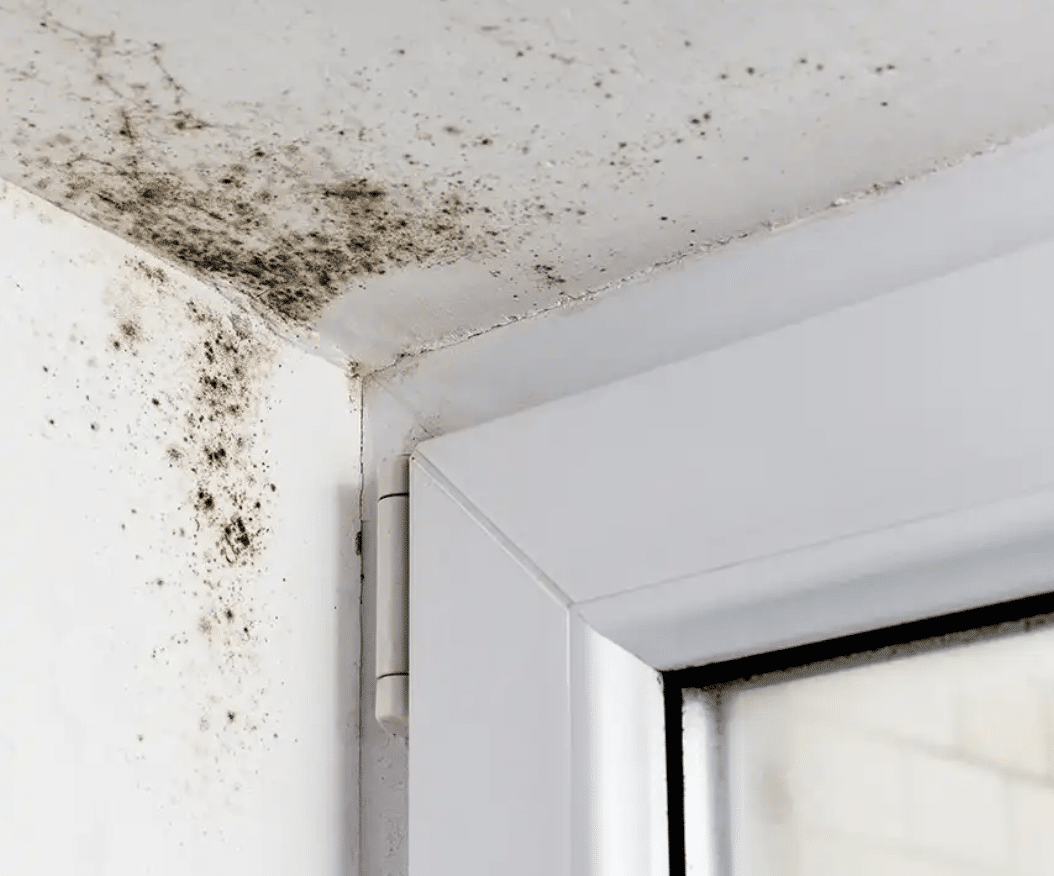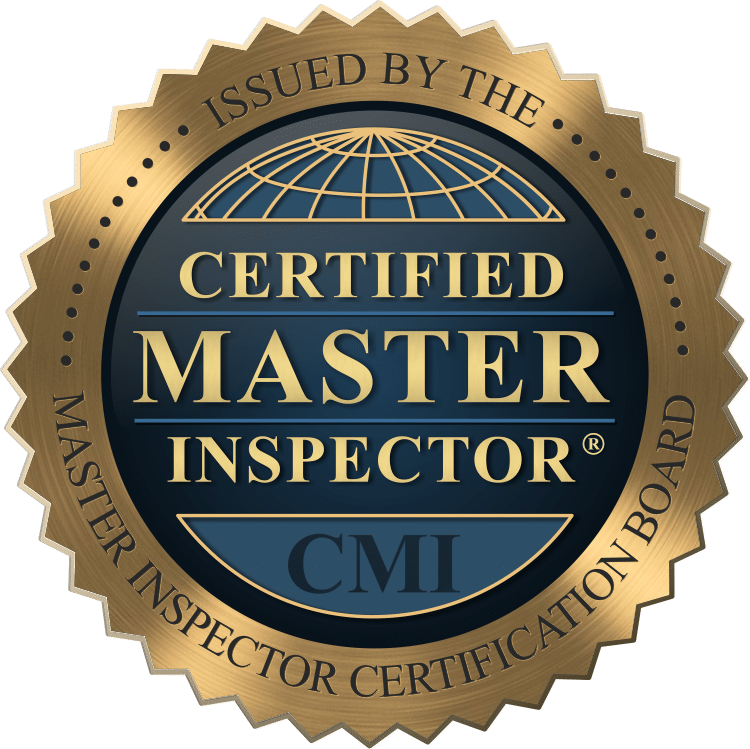How to Detect Mold

6 of the Most Common Places to Find Mold
Mold exists both inside and outside the house and it can enter your home through windows, AC units, and even on people and pets. Mold tends to grow best in wet and dark places, and toxic mold is often a concern in flood-damaged homes.
A warm and humid climate like South Florida encourages mold growth. That’s why when you’re receiving a home inspection in the Miami area, you should always check the house for traces of mold.
The CDC recommends inspecting buildings for signs of water damage and mold as part of routine maintenance. Learn more about how to detect mold and discover the most common locations mold loves to hide.
1. In Bathrooms
Mold grows best in warm and humid locations. That’s why mold growth in the bathroom is almost always a concern. In bathrooms without proper ventilation such as a window or exhaust fan, mold can quickly accumulate.
Mold can grow on the shower tiles and in the grout. Mold tends to grow in porous areas that hold water. For example, grout retains moisture much longer than tile.
Check the showerhead and around the sinks for lingering mold, as well. The grout around the sink is another hotbed for mold growth.
Mold in small areas like this is easy enough to clean and recaulk on your own. But what if you suspect mold growth in larger areas, such as under the floorboards? A soft floor beneath the tub or shower could indicate underlying water damage.
If you suspect a red flag such as unseen water damage during an inspection, be sure to ask your home inspector how to proceed.
How to Keep Your Bathroom Mold-Free
If your bathroom has a ventilation fan, be sure to use it during a bath or shower. Keeping the floors and walls of the shower dry can help prevent mold and mildew growth, as well.
Using a squeegee not only keeps your shower and tub walls dry, which can help prevent mold, but it also prevents soap scum from accumulating.
2. In the Kitchen
Like the bathroom, moisture buildup on and around the kitchen sink is a breeding ground for mold. Be sure to check in and around the sink, including behind it and around the pipes.
The kitchen backsplash is another commonplace that mold can grow since moisture tends to linger in the grout.
People also often neglect to check behind or underneath the fridge for hidden mold. For instance, remember to check the refrigerator drip pan for signs of mold.
Preventing Mold in the Kitchen
When you do buy your new home, make sure to keep your kitchen a mold-free zone.
Ventilate the room when you’re cooking by using the fan or opening a window. Make sure to wipe down and dry the area in and around the sink after washing dishes to prevent moisture buildup.
If you don’t already know, learn how to clean your drip tray underneath your fridge. Pull out the fridge and clean in and around it often. Remember that mold can sometimes grow in your kitchen drawers and behind the shelves.
3. Around the Bedrooms
Bedrooms may not be the first place people think of when they look for mold. But there are areas in the bedroom that mold can hide, as well. Mold can grow mostly unseen in hidden walls and underneath the carpet.
Wondering how to check for mold in the walls? Other than looking for obvious signs like black spots, mold can also appear as dirty areas on the wall. Check these common areas for signs of mold and ask your home inspector how to proceed.
Rooms where furniture is too close to the wall, such as a bed or couch, can also cause mold to grow. This is especially true if the home’s humidity levels were left too high.
4. On Exterior Home Surfaces
Mold grows outside as well which is why it’s important to have a mold inspection done around the perimeter of your house.
Check dark and shady places where sunlight can’t reach or areas prone to moisture buildup. Mold can grow on vinyl siding and brick exteriors especially around doors, windows, and areas without much light.
Broken drain pipes and leaky gutters can also lead to water damage and mold growing on your siding.
5. Windows and Windowsills
Windows that tend to collect condensation are prone to mold growth. Mold can grow in and around window framing or on the windowsill. Sometimes, this happens because of rainwater leaks from inside.
Another common cause of window mold is too much moisture caused by a lack of ventilation inside. High levels of humidity lead to condensation buildup which can lead to mold. For example, taking a hot shower without having enough ventilation in the bathroom.
Again, you can prevent mold in the bathroom by turning on the exhaust fan during your shower or bath. Leave the door open afterward to allow steam to escape.
6. Air Conditioning Units
Running your AC keeps you cool on hot days, but did you know that your HVAC system can harbor mold? Air ducts can be a breeding ground for toxic mold.
Unless homeowners get a regular duct cleaning, they may not even realize mold exists in their ducts until it’s too late. In Florida, fiberglass AC systems are particularly susceptible to mold growth.
A window unit AC is also somewhere where mold can thrive. A musty smell is one of the first signs that there could be mold lurking in that AC unit. You can also sometimes spot mold growing on the outside of the unit on areas where moisture tends to pool.
Thankfully, cleaning a window AC unit is easy enough to do on your own.
How to Detect Mold You Can’t See and What You Should Do Next
Some parts of a house are easy to check for molds such as areas around the bathroom and kitchen. On the other hand, you might be wondering how to detect for mold in walls or the floor if you suspect a bigger problem.
Water damage can often lead to mold growing underneath the floors and in the walls. Knowing how to detect mold on the surface isn’t going to cut it if you have mold growing in places that you can’t see.
That’s why it’s important to schedule a home inspection before you buy and let an inspector look for red flags like toxic mold growth. We are Certified professionals in how to detect Mold, Contact us to set up a home inspection today.


